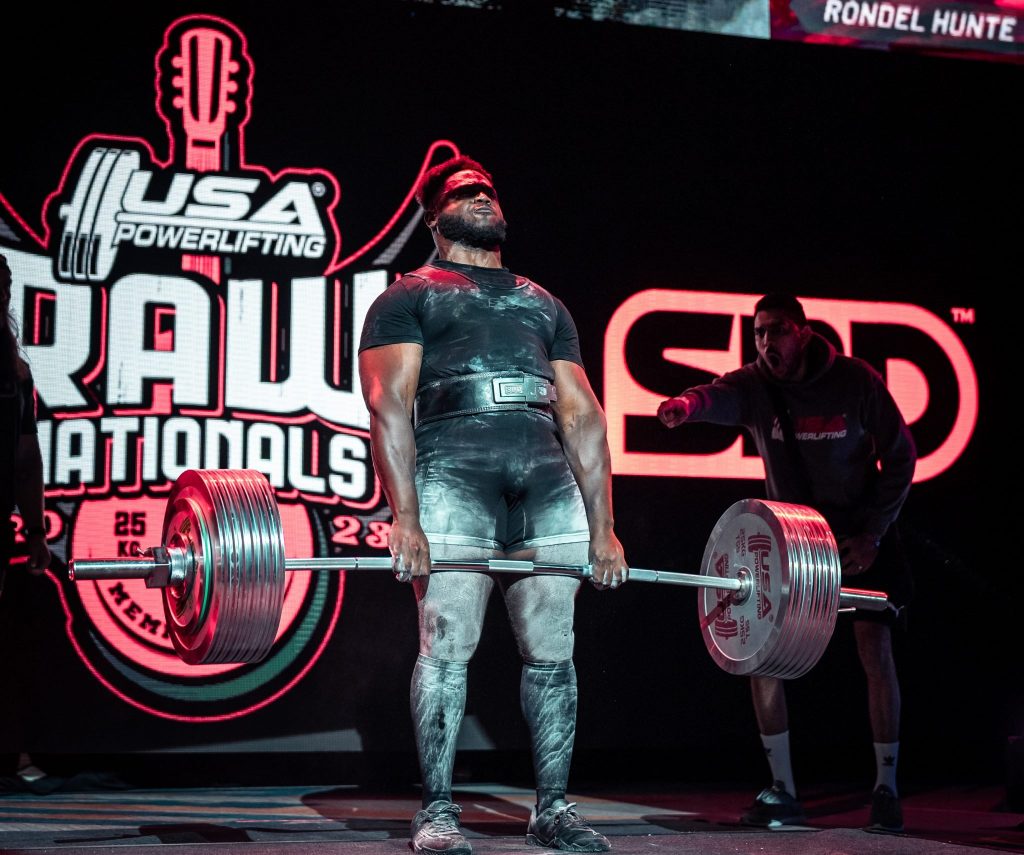The following article is Part II of Stability, Balance, Strength & Power:
Another example of stability and balance and how they relate to the function of the neuromuscloskeletal system involves proprioception. The definition of proprioception is this: the awareness of posture, movement, and changes in equilibrium and the knowledge of position, weight, and resistance of objects in relation to the body. For example, when you stand up and close your eyes, almost most humans can touch their nose with the tip of their finger without looking. That is proprioception the ability to know where you are or a part of your body is even without looking. When you injure a joint complex, whether through acute trauma (i.e. slipped on the ice and fell on your shoulder) or cumulative trauma (i.e. overtraining, repetitive overusde from a job or activity), the proprioception of that joint is thrown off. A good example of this involves your ankles. Most of my athletic patients that have sprained an ankle and have never rehabilitated it properly usually end up with some other injury or nagging pain of the lower kinetic chain complex (foot, knee, hip, lower back) along with the ankle. Why is this? This is because of the instability of the joint, muscles, ligaments and tendons and the lack of proper proprioceptive information going to the brain. When that occurs, the brain doesn’t know better when to and how to move or support the various structures in the ankle region when under stress. What happens then is the patient will develop a chronic ankle sprain syndrome. Just like those athletes that chronically dislocate their shoulder. Once damaged, if not properly taken care of, it will occur again and again. This is how stability and proprioception are very closely related.
Balance. Why would you need this in powerlifting? All we do is move heavy weight. Balance is important in more ways than one. A good example of what balance is and why it is important would be are you able to balance on one foot for more than 30 seconds without falling over? If you can, try that with eyes closed. Harder, isn’t it? When you can’t do the above, you need to improve your balance. This is where stability comes in again. Watch the muscles around your foot and ankle when you try and stand on one foot. You will see them twitching and contracting and relaxing all at different rates and time. Why? This happens because your brain and nervous system are receiving constant input and sending constant output to that region to enable the joint complex to remain stable and balanced. If you can’t hold that position, that means it needs to be trained properly to do this. If you can’t stand on one foot for 30 seconds without falling over, it is hard to imagine that you will get the maximum performance required from your neuromuscloskeletal system when you ask it do a heavy squat attempt. If your stabilizers are not strong enough or developed enough to hold you upright in an unstable environment (i.e. standing on one foot), then most likely they will not be able to properly stabilize your ankle, knee, hip, lower back and every other joint in between when you want to squat the big one.
Next issue I will discuss how strength relates to stability and balance. Before this series is over I will explain how to improve your strength and power by improving your stability and balance. Be healthy and be strong!!
Please send your questions for the Sports Medicine Committee to:
Dr. Michael Hartle
3835 W. Jefferson Blvd.
Ft. Wayne, IN, 46804.
If you would like a personal response, please send a SASE with $2.00 to cover additional postage and other expenses. I also welcome your comments on the committee/column.


